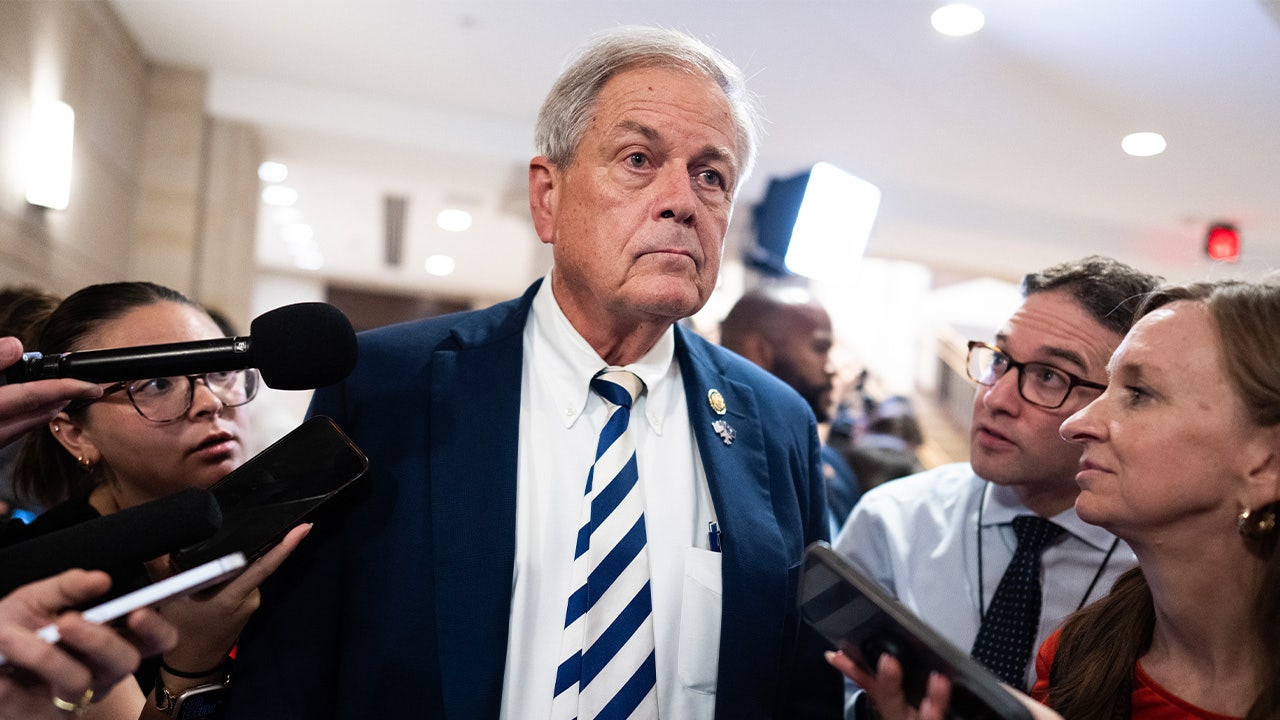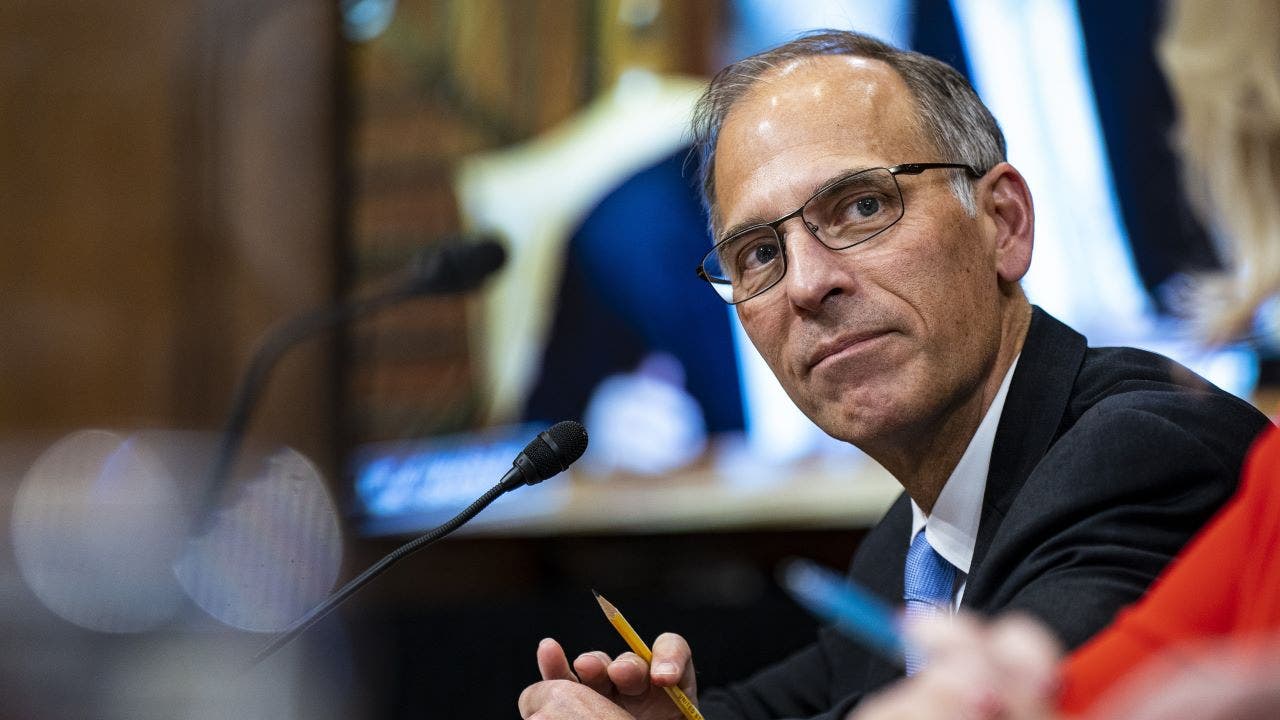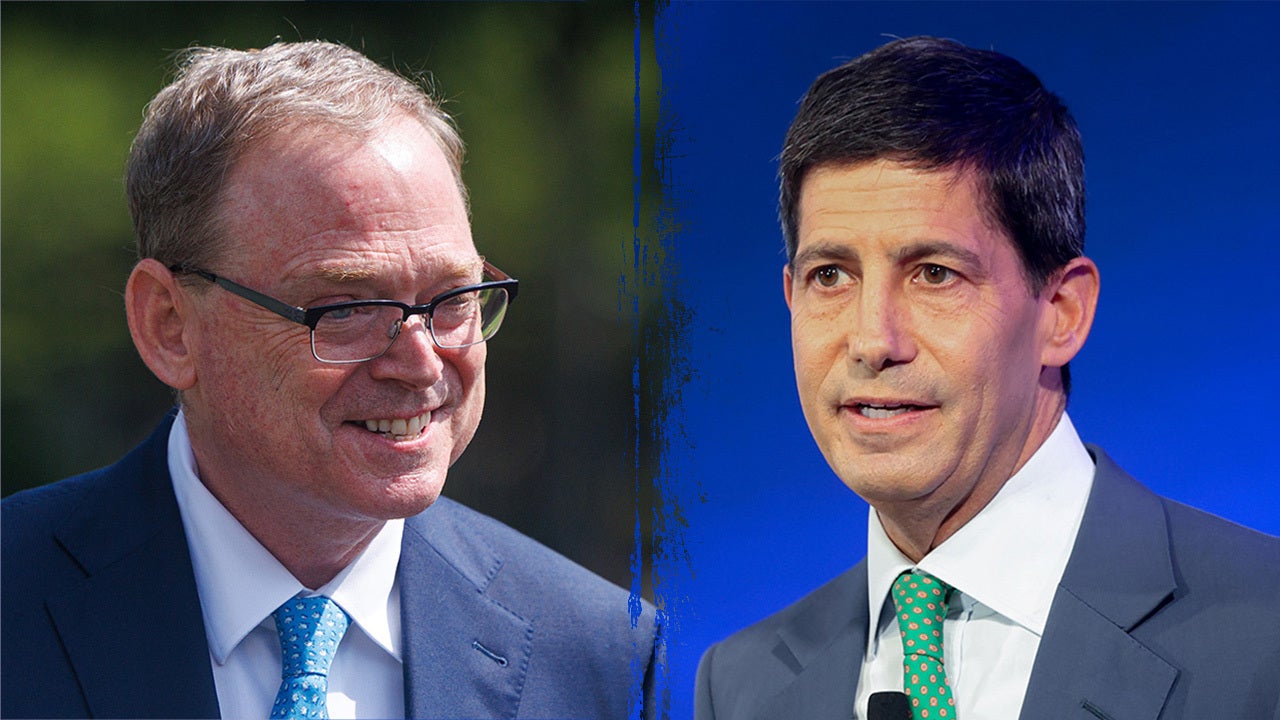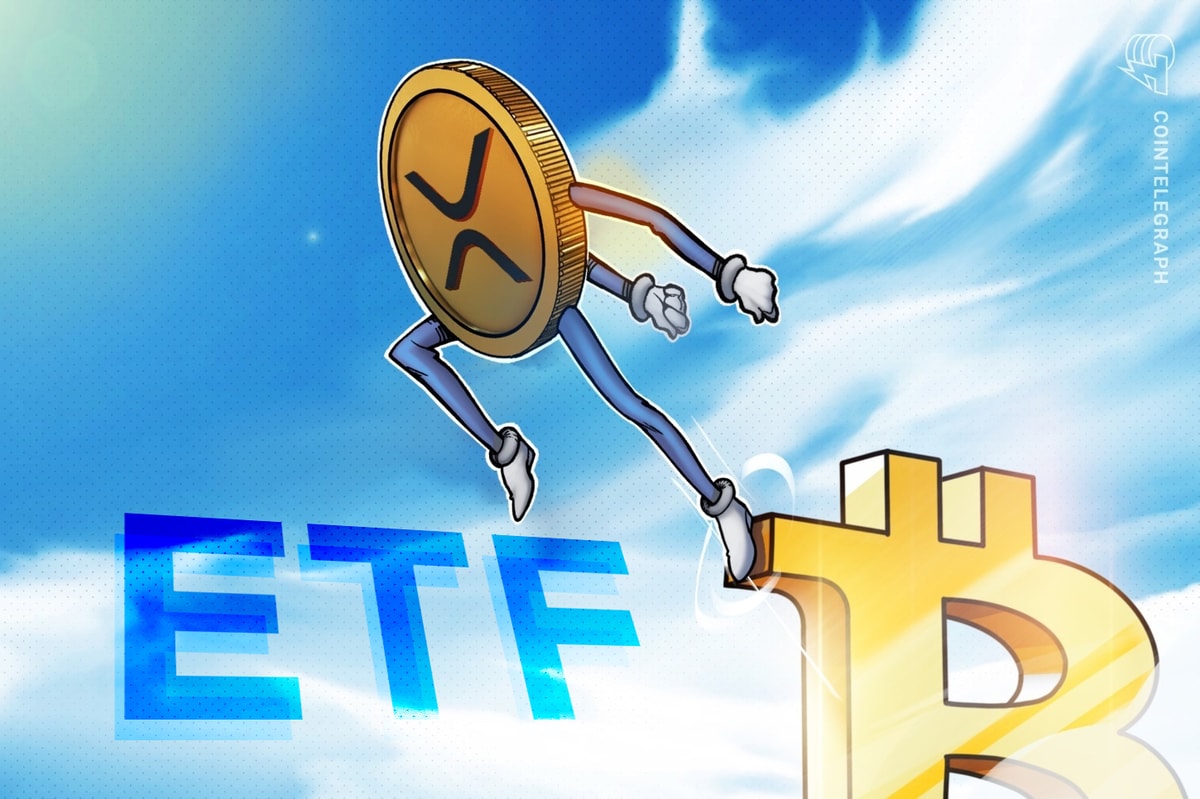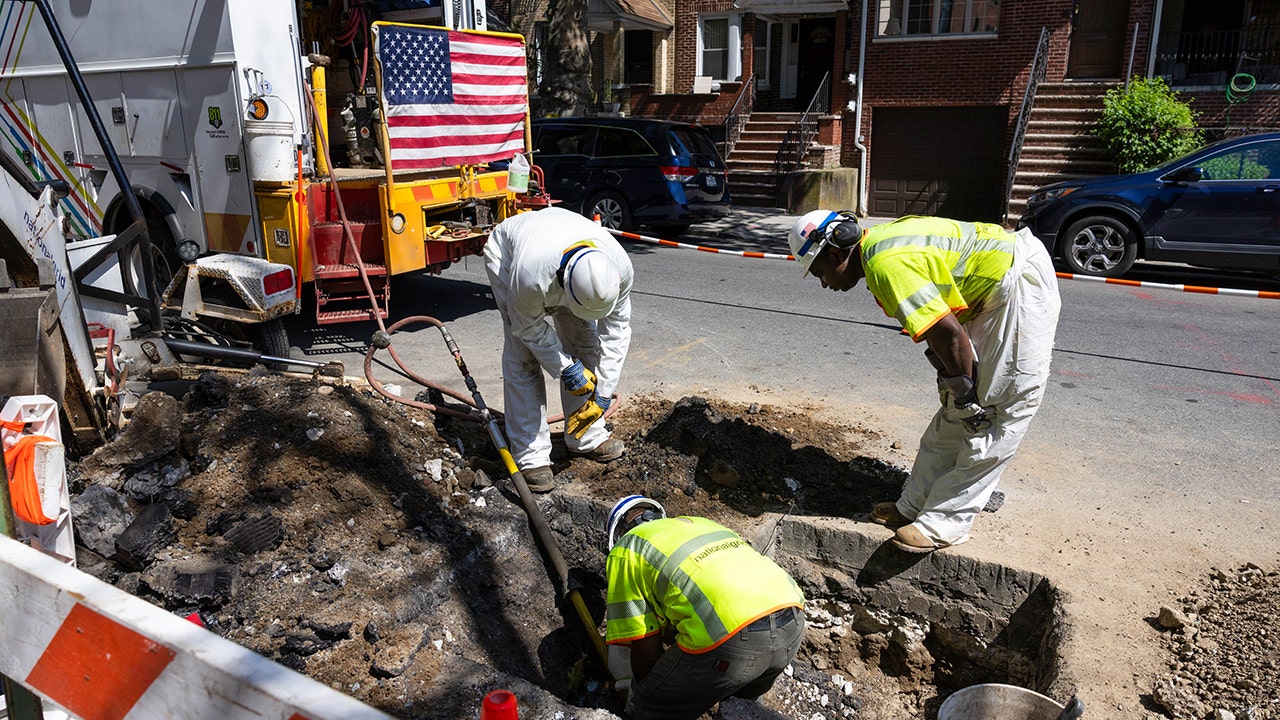A leading economist is warning that the U.S. economy is on the brink of recession after incoming economic data last week signaled labor market conditions are softening as inflation is rising, which could complicate the ability of the Federal Reserve to support the economy.
Mark Zandi, chief economist at Moody’s Analytics, on Monday wrote a post on X that the “economy is on the precipice of recession” – citing the weaker-than-expected jobs report released Friday and the inflation data from the previous day that showed consumer prices rose as indicating the economy’s precarious position.
“Consumer spending has flatlined, construction and manufacturing are contracting, and employment is set to fall. And with inflation on the rise, it is tough for the Fed to come to the rescue,” he wrote.
Zandi explained that while the unemployment rate has remained relatively low, that’s because “labor force growth has gone sideways” with the number of foreign-born workers declining along with the labor force participation rate.
MARKETS NOW BETTING FED WILL CUT RATES IN SEPTEMBER AFTER DISAPPOINTING JOBS REPORT
He also said the “economy-wide hiring freeze, particularly for recent graduates, and the decline in hours worked,” is telling about the conditions in the labor market.
Zandi said the tariffs put in place by the Trump administration are having a greater impact on household budgets and corporate profits, while the immigration crackdown has hampered the labor market.
“It’s no mystery why the economy is struggling; blame increasing U.S. tariffs and highly restrictive immigration policy. The tariffs are cutting increasingly deeply into the profits of American companies and the purchasing power of American households. Fewer immigrant workers means a smaller economy,” Zandi explained.
WHY DOES THE LABOR DEPARTMENT REVISE JOBS REPORTS? HERE ARE 3 REASONS

The Commerce Department on Thursday reported the Fed’s favored inflation gauge rose in June, with the headline PCE inflation figure rising from 2.3% to 2.6% on an annual basis.
That figure is well above the Federal Reserve’s 2% inflation target.
Fed Chair Jerome Powell has previously said that if the central bank is caught in a situation where economic conditions are pushing data further away from fulfilling both of its dual mandate goals of 2% and maximum employment, it would orient its monetary policy to support whichever is further from the Fed’s goal.
Last Friday, the Bureau of Labor Statistics (BLS) reported that the U.S. economy added 73,000 jobs in July – well below the gain of 110,000 jobs that was estimated by economists polled by LSEG. The agency also revised employment in May and June downward by a combined 258,000 jobs.
TRUMP ORDERS TERMINATION OF LABOR STATISTICS OFFICIAL AFTER JOBS REPORT AND DOWNWARD REVISIONS
Those large revisions prompted President Donald Trump to fire the BLS commissioner, and the president claimed without evidence that the agency manipulated jobs data for political purposes ahead of last year’s election.
Zandi defended the fidelity of the economic data in a follow-up post, saying that significant revisions happen regularly when the economy is undergoing a transition or entering a recession.
“Any notion that the economic data misrepresents the reality of how the economy is performing is way off base. The data always suffers big revisions when the economy is at an inflection point, like a recession,” Zandi wrote. “It’s thus not at all surprising that we are seeing big downward revisions to the payroll employment numbers.”
“Particularly given the DOGE cuts – not because the BLS has had to cut staff, although that can’t help, but because the government often reports payrolls to the BLS late. This didn’t matter much when government employment was stable, but now that government jobs are declining, the cuts are being picked up in the revisions,” he added.
Read the full article here



